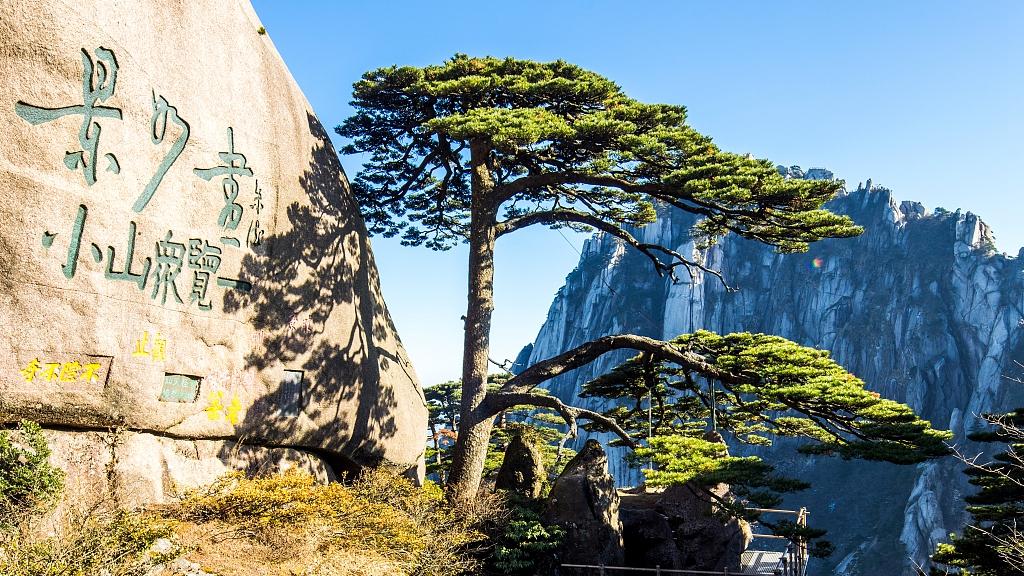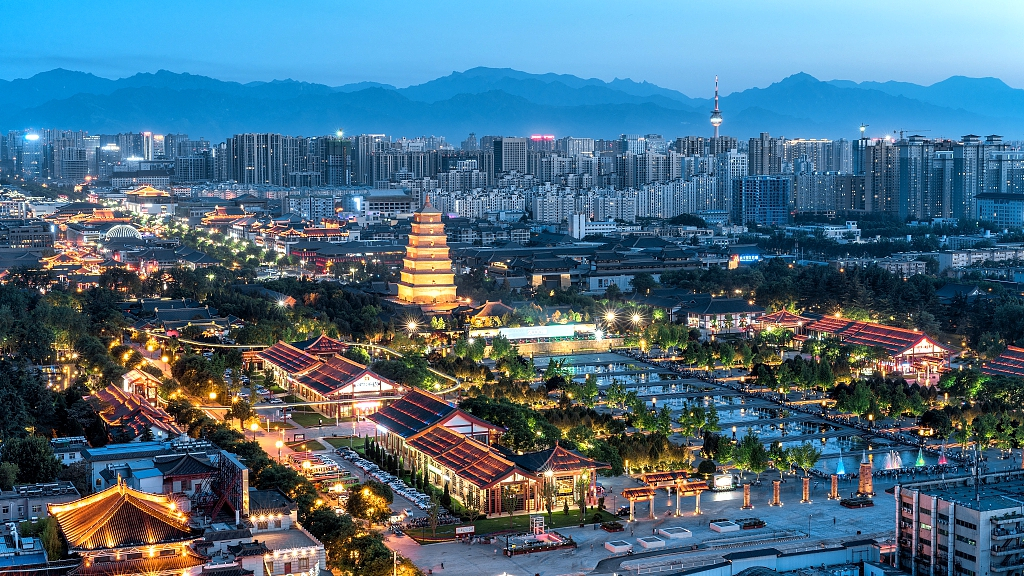With the novel coronavirus (COVID-19) outbreak showing some sign of abating, more tourist attractions in China have decided to reopen for tourists. Meanwhile, certain measures have been taken for continued epidemic prevention and control.
Mount Huangshan, one of China's most notable mountains, has started receiving visitors from Friday. It is open from 8 a.m. to 4 p.m., with the daily visitor number limited to 10,000.
When lining up, it is required to keep a distance of at least 1.5 meters between one another and a registration system is needed for ticket purchases. All visitors are asked to wear masks during their visit.

Mount Huangshan in east China's Anhui Province. /VCG
Mount Huangshan in east China's Anhui Province. /VCG
On the same day, renowned Xi'an attractions, including the Giant Wild Goose Pagoda, Small Wild Goose Pagoda and Datang Everbright City, have also resumed operations. The number of visitors entering the tourist sites is limited to a daily volume less than 50 percent of its regular capacity. Temperature checks are conducted at the entrance.

Giant Wild Goose Pagoda in Xi'an, northwest China's Shaanxi Province. /VCG
Giant Wild Goose Pagoda in Xi'an, northwest China's Shaanxi Province. /VCG
Earlier this week, a number of scenic spots in the cities of Lijiang, Nanjing and Hangzhou began receiving tourists.
According to Liu Simin, vice-president of tourism at the Chinese Society for Future Studies, specific local conditions should be taken into consideration when it comes to deciding whether to reopen the scenic spots or not.
Epidemic prevention and control measures should continue to be taken in open air tourist destinations, while those with indoor buildings, such as museums, kept closed. Tourists should take precautions when going out for a trip, Liu said.